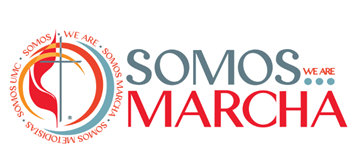VOICES: Latin@s – In the Heights – In Our Pews?
It is the same story of neighborhood, community, church family and the struggle to figure out how we are supposed to be, how to survive and what we are supposed to give up from our
VOICES: Latin@s, Hispanics, Latinx: ¡Si! To All of it!
By Rev. Lydia Muñoz - It's fair to say that most people when asked to describe Latinos in the United States would probably be limited to naming a few celebrities and athletes, and
